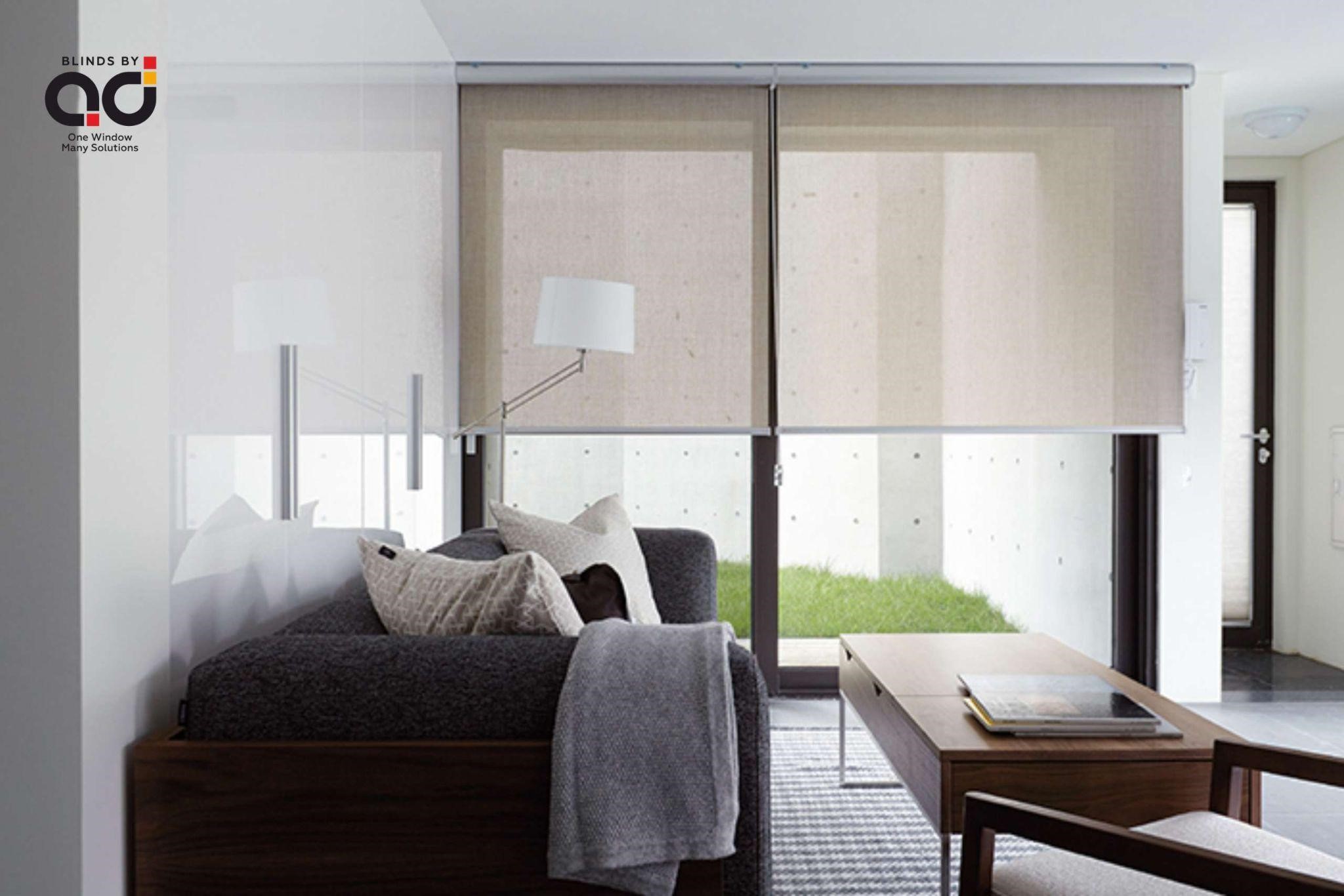Which Window Blind Is Superior?
When it comes to window treatments, blinds have emerged as a versatile and stylish option that strikes a balance between aesthetics and functionality. However, the wide array of choices available can leave homeowners pondering: Which window blind is truly the best fit for their space? In this exploration, we dive into the characteristics of two popular contenders, horizontal blinds and vertical blinds, to help you make an informed decision.
Horizontal Blinds: A Classic Choice with Modern Adaptations
Horizontal blinds, recognized for their timeless appeal, have been a staple in homes for decades. Typically crafted from materials like wood, aluminium, or faux wood, they offer an array of benefits that have contributed to their enduring popularity.
Design Flexibility: One of the key strengths of horizontal blinds is their design versatility. With various slat sizes and materials to choose from, they can effortlessly adapt to any interior style, from traditional to contemporary. Wooden horizontal blinds can infuse the space with warm cosiness, while aluminium versions offer a sleek, modern look.
Light Control: Control over light and privacy is another advantage of horizontal blinds. The adjustable slats allow you to filter in the perfect amount of natural light while maintaining your desired level of privacy.
Ease of Maintenance: Horizontal blinds are relatively easy to clean and maintain. Regular dusting or a quick wipe-down keeps them looking fresh and vibrant.
Vertical Blinds: Contemporary Elegance and Practicality
In recent years, vertical blinds have undergone a transformation, shedding their dated reputation and emerging as a stylish and functional choice for larger windows and sliding doors.
Space Illusion: Vertical blinds are particularly effective in creating an illusion of height in rooms with lower ceilings. Their vertical orientation draws the eye upwards, making the space appear more spacious and airy.
Efficient Light Control: Just like their horizontal counterparts, vertical blinds offer excellent light control. Their ability to be pulled completely aside provides an unobstructed view and floods the room with natural light.
Sliding Door Compatibility: One of the standout features of vertical blinds is their compatibility with sliding glass doors. They seamlessly cover wide openings and are easy to manoeuvre, making them an ideal choice for patio entrances.
Making the Decision: Your Space, Your Choice
The choice between horizontal and vertical blinds ultimately boils down to your unique needs and the characteristics of your space.
For Traditional Ambiances: If you are aiming to preserve a classic, cosy atmosphere, horizontal blinds could be your go-to choice. The warmth of wooden slats or the familiar appeal of horizontal aluminium blinds can complement traditional interiors beautifully.
Modern Marvels: On the other hand, if you’re embracing a modern design aesthetic, vertical blinds can offer an elegant touch. Their sleek lines and ability to open widely can enhance contemporary spaces with a sense of fluidity.
Room Size and Layout: Consider the dimensions of your room and the orientation of your windows. Horizontal blinds work well for standard windows, while vertical blinds shine when dressing larger openings or sliding doors.
Personal Preferences: Don’t underestimate the power of personal preference. Think about the style that resonates with you and the kind of atmosphere you want to create in your space.
In the ongoing debate of which window blind reigns supreme, the answer lies within the nuances of your living space and your individual preferences. Both horizontal and vertical blinds offer unique advantages that can cater to different needs. Whichever you choose, the key is to ensure that your selection aligns with your design aspirations, practical requirements, and the overall ambience you wish to create within your home.

 Skylight Blinds
Skylight Blinds  Roman Tracks
Roman Tracks PVC Blinds
PVC Blinds


